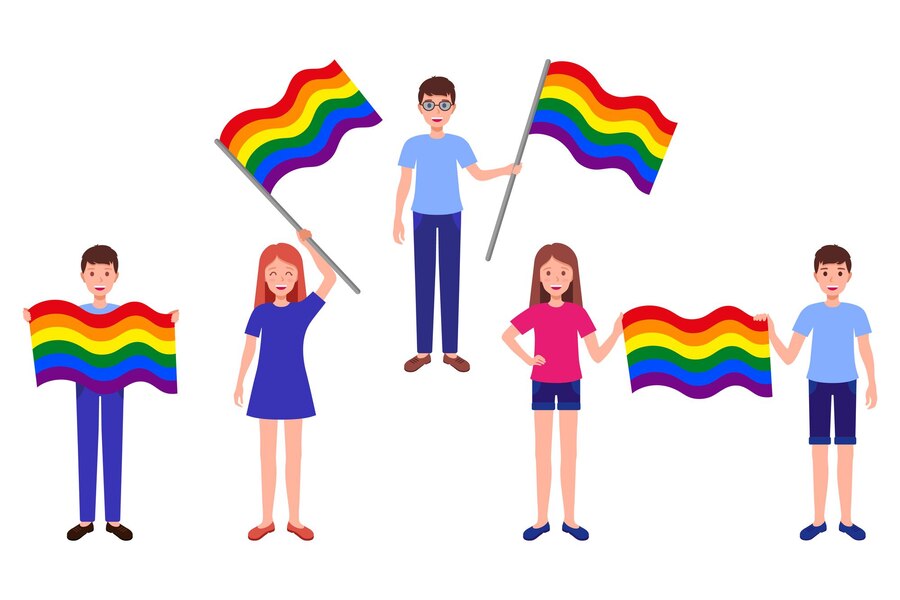Introduction to the Lesbian Flag
lesbian flag have long been powerful symbols of identity, pride, and solidarity. The lesbian flag is no exception. This vivid emblem represents not just a group but a rich tapestry of experiences, struggles, and triumphs within the LGBTQ+ community. In this blog post, we will explore the history, meaning, and significance of the lesbian flag, uncovering its evolution and the impact it has had globally.
Understanding the Colors
lesbian flag colors are more than just aesthetically pleasing stripes; each hue carries profound significance. The current version of the flag features seven stripes, each representing different aspects of lesbian identity.
Pink, Orange, White, and Red
- Dark Orange signifies gender nonconformity.
- Orange represents independence.
- Light Orange symbolizes community.
- White stands for unique relationships to womanhood.
- Pink embodies serenity and peace.
- Mauve emphasizes love and sex.
- Dark Mauve highlights femininity.
These colors collectively paint a picture of diversity, strength, and unity within the lesbian community.
Creation and Evolution

In response, the flag was redesigned to better represent the entire spectrum of lesbian identities. The new seven-striped version, which emerged in 2018, has gained wider acceptance and recognition. It removed the kiss mark and introduced more inclusive colors, reflecting the diverse experiences within the lesbian community.
Impact and Recognition
The lesbianflag has become an important symbol within the LGBTQ+ community, appearing at pride parades, protests, and social media campaigns. Its global recognition has helped foster a sense of belonging and visibility for lesbians everywhere.
Various organizations and events now proudly display the lesbianflag, acknowledging its significance in the fight for equality and acceptance. The flag’s presence in popular culture and media also contributes to greater awareness and understanding of lesbian issues, making it a vital tool in the ongoing struggle for LGBTQ+ rights.
Controversies and Debates
One notable controversy involved the exclusion of certain groups within the lesbian community, such as butch and non-binary lesbians. These debates highlight the ongoing need for dialogue and inclusivity within the LGBTQ+ community, ensuring that all voices are heard and represented.
Conclusion
The lesbianflag is more than just a colorful banner; it is a symbol of identity, pride, and solidarity. Its history, meaning, and evolution reflect the diverse experiences and struggles of the lesbian community. By understanding and supporting the lesbianflag, we can contribute to a more inclusive and accepting world.